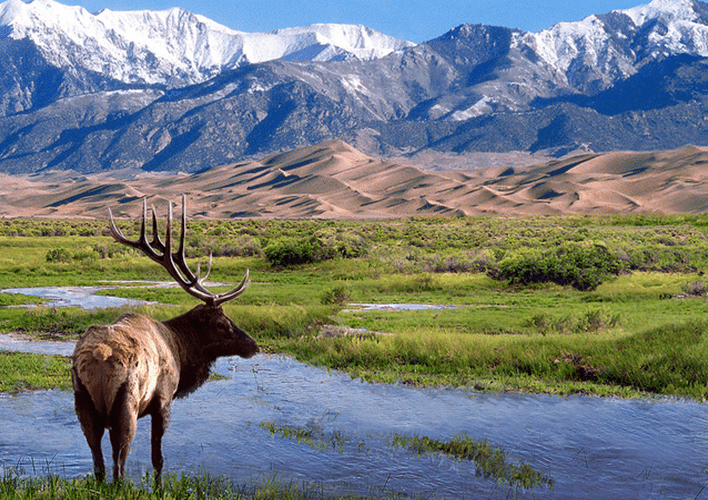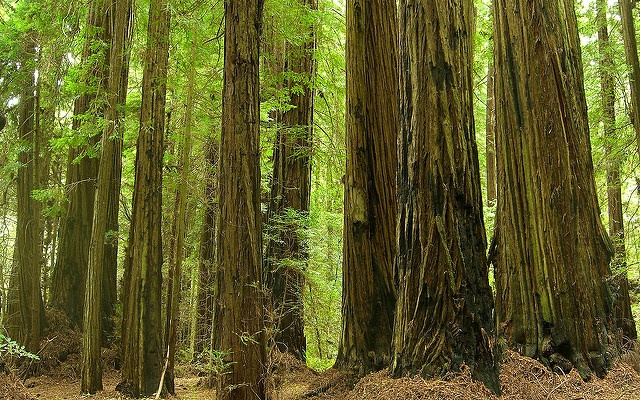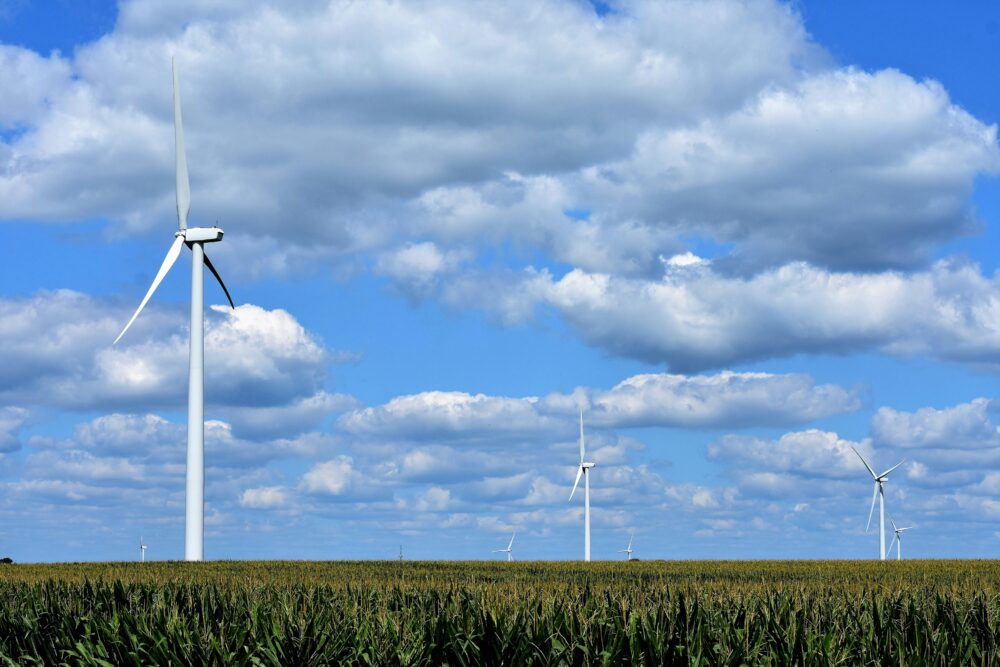We have much more to do and your continued support is needed now more than ever.
The Plan: Decarbonize the Economy
U.S. releases blueprint to help avert global climate change crisis

The plan is an outgrowth of last December’s Paris Agreement, the first global commitment to avoid the most severe impacts of climate change by keeping average global temperature increase below 2°C, with an aspirational goal of 1.5°C.
Countries around the world agreed to balance the sources and sinks of greenhouse gas to achieve net-zero emissions. The Midcentury Decarbonization Plan will be used to measure the progress the U.S. makes towards its international commitments: reducing greenhouse gas emissions by 80% below the 1990 levels by 2050. While ambitious, this climate goal is achievable – but the Trump Administration and Congress must stay on course and live up to the nation’s commitments.
Take ActionTell the new Administration and Congress to maintain U.S. leadership on climate change. Our families and wildlife depend on it!

At the current rate of global greenhouse gas emissions, average temperatures are expected to increase 3.6 to 9 degrees farenheit over pre-industrial levels. These changes will have far reaching consequences for communities and wildlife across the US, including rapid sea level rise, more severe droughts and wildfires, and increasingly extreme weather and flooding.
The decarbonization plan aims to reduce harmful greenhouse gas emissions by transforming the U.S. energy sector and also through improving carbon sinks — including natural systems such as forests and soil carbon. With careful planning and strategic action, it is possible to maintain and enhance the land carbon sinks to store up to 45 percent of emissions throughout the economy by 2050. U.S. forests could play a central role in this process, creating valuable wildlife habitat as well as creating carbon sinks.

Deep carbon reductions need not impact the economy — the U.S. economy grew 10%, while emissions from the energy sector fell 9% since 2008. The outdoor recreation sector also contributes to this growth. In 2011, total expenditures on wildlife watching, hunting, and fishing in the U.S. amounted to $54.9 billion. Climate change threatens these outdoor pursuits by harming wildlife and habitat across the country – including our cherished National Parks and public lands, waterways and forests.
Momentum continues to build in the U.S. to take action on climate, and it’s critical that our leaders keep moving forward. California has implemented a comprehensive cap-and-trade program that aims to dramatically reduce greenhouse gas emissions; nine states in the Northeast have entered into the Regional Greenhouse Gas Initiative to reduce emissions from power plants; and 29 states have committed to renewable energy goals and energy efficiency standards. Progress towards a clean energy economy has been building for many years, but this advancement needs to accelerate if the U.S. is to hit its 2050 goals.

Please join the National Wildlife Federation in calling on the new Administration and Congress to maintain U.S. leadership on climate change. The vast majority of Americans support action. Ensure that your voice is heard.





















